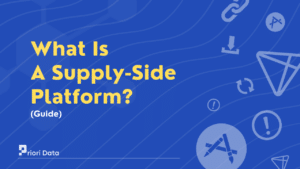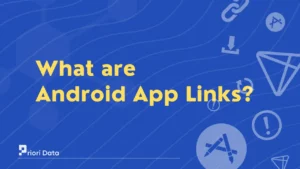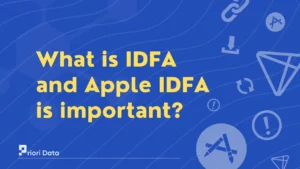Cost aggregation in marketing refers to the practice of combining marketing costs from across campaigns, channels, partners, and time periods into consolidated totals.
It provides a holistic view of overall marketing spend rather than looking at costs in silos or isolation.
In the fast-paced world of app development, marketing budgets can easily spiral out of control across fragmented campaigns and networks.
However, by leveraging cost aggregation, app developers can optimize budgets and maximize return on ad spend.
Benefits of Cost Aggregation
1. Identify cost duplication – By combining spending data across affiliates, tracking which partners are driving users to the same campaigns helps identify duplicated efforts. Removing overlap leads to major savings.
2. Enhance budget allocation – Seeing total cross-channel spending makes it easier to distribute budgets to balance investment with return. Overspending in non-core channels gets exposed.
3. Simplify financial reporting – Rather than combining campaign-level reports from multiple sources, aggregated costs enable straightforward overall reporting and year-over-year comparisons.
4. Leverage economies of scale – Having total budget numbers allows negotiating volume discounts with advertising platforms and networks. This reduces overall costs.
5. Monitor outlier performance – Unusually high costs in certain campaigns or channels stick out when costs are aggregated. Underperformers can be optimized or removed.
6. Build forecasts – Historical spending totals segmented by channel facilitate accurate future spending projections based on growth plans and market trends.
7. Track partnerships – Aggregation identifies partners with the most consistent contribution and those failing to convert spend to results. Partnerships can be adjusted accordingly.
Implementing Cost Aggregation
To enable effective cost aggregation, app developers should
- Utilize central ad servers and tracking tools to collect cross-channel data.
- Tag campaigns and channels for categorization.
- Build dashboards to view real-time aggregation and break downs.
- Set a consistent daily, weekly, or monthly schedule for aggregating latest data.
- Train marketing teams on segmentation to facilitate analysis.
As spend across networks and partnerships grows exponentially, cost aggregation is essential for app developers to rein in budgets, maximize value from marketing investment, and ultimately drive efficient user acquisition at scale.
Tight control over mounting costs can mean the difference between runaway spend and streamlined, sustainable growth.






